Wondermondo 🢖 World 🢖 Wonders of Europe 🢖 Wonders of North Macedonia
Territory
Wonders of North Macedonia
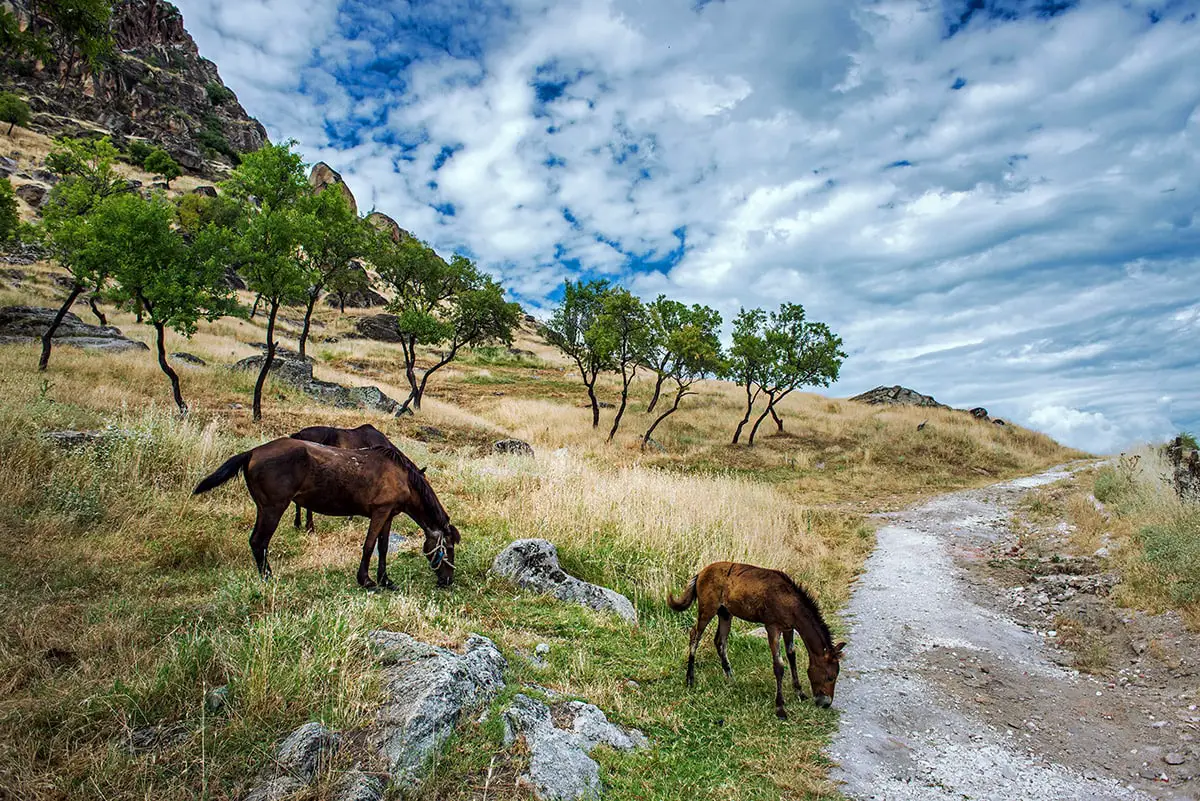
 Highlights
Highlights
The diverse landscape of North Macedonia contains varied landmarks. The most interesting ones are:
- Byzantine churches and monasteries – some of the most interesting landmarks in North Macedonia are some old churches which contain valuable frescoes – possible predecessors of European Renaissance.
- Archaeological heritage – these landmarks are rather diverse and belong to various cultures. Intriguing are the discussions around the Kokino megaliths – possible ancient observatory.
Map with the described wonders
If you see this after your page is loaded completely, leafletJS files are missing.
 Top 25 wonders of North Macedonia
Top 25 wonders of North Macedonia
Geological wonders
Stone town of Kuklica
Northeastern
Group of interesting stone formations – tall stone pillars and walls. Site of legends.
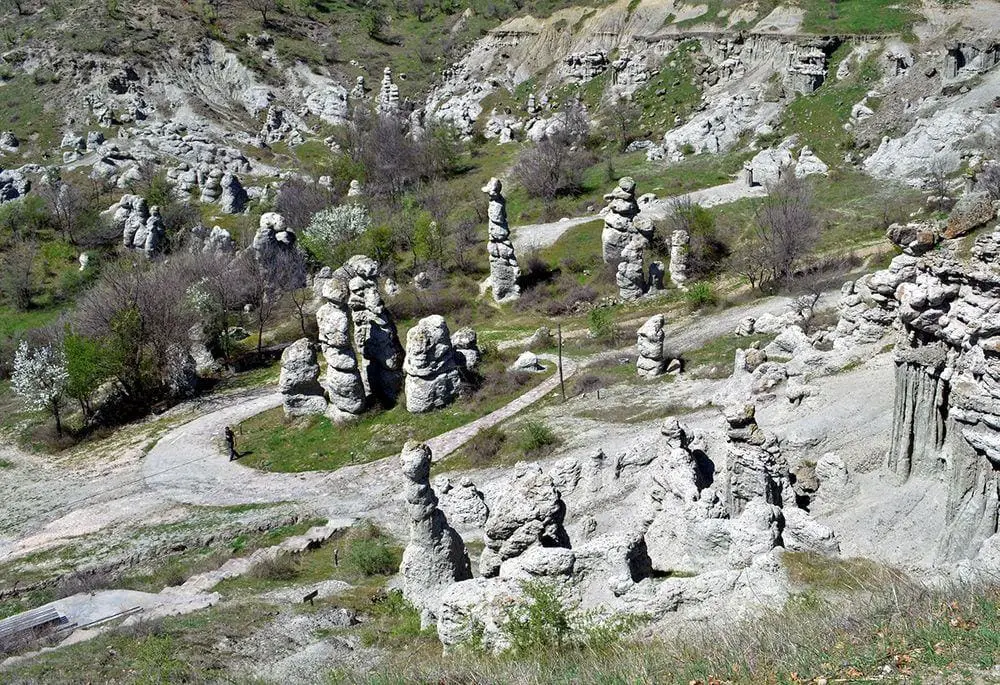
Matka Canyon
Skopje
Beautiful canyon with important natural and man-made values. The area is rich with endemic species of plants and animals, here are found some 10 caves. Among these caves is one of the world’s deepest underwater caves (Vrelo Cave) and also medieval cave monasteries with frescoes.
Peshna
Southwestern
This cave has an enormous entrance room with an approximately 30 m high ceiling. At the entrance of the cave are ruins of medieval fortifications. Site of legends.
Vrelo Cave
Skopje
An interesting cave and spring with two lakes in it. Spring lake is very deep – it has been dived up to the depth of 212 m but it is possible that the cave is some 330 m deep – one of the deepest underwater caves in the world.
Smolare Falls
Southeastern
Gorgeous, 39.5 m tall waterfall that falls over a black rock.
Biological wonders
Lake Ohrid
Southwestern
The deepest lake in the Balkans with unique fauna and flora – many species of fish, mollusks, and other organisms are found only in this lake. Most likely the life in this lake has developed for millions of years with limited contact with other aquatic ecosystems.
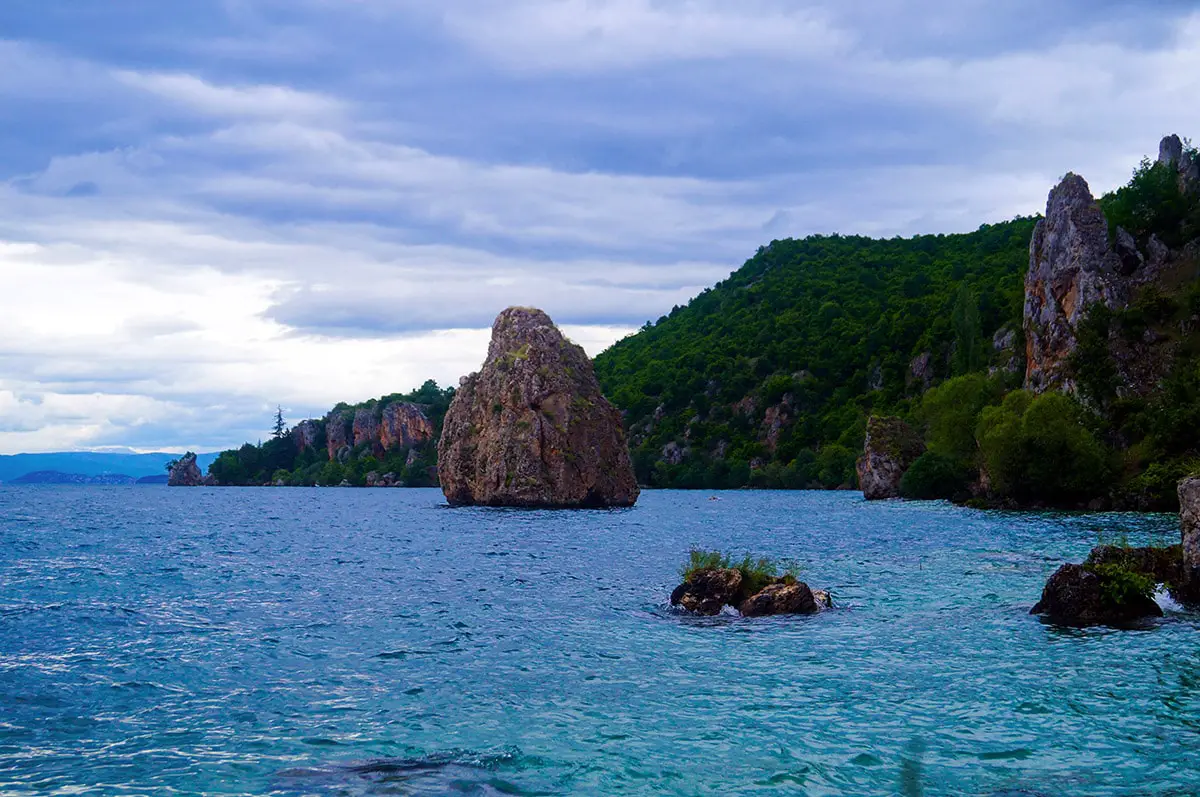
Oriental plane in Ohrid
Southwestern
An enormous tree (Platanus orientalis) with a girth of 18.81 m and height of 18 m. The tree was planted in 868 AD.
Archaeological wonders
Heraclea Lyncestis
Pelagonia
Ruins of an ancient Greek and Roman city. Founded in the middle of the 4th century BC. Impressive are the remnants of Roman theater and basilicas with beautiful mosaics.
Ohrid ancient theater
Southwestern
Well preserved remains of a theater built by Ancient Greeks around 200 BC. It was buried under the soil and accidentally discovered in the 1980ies.
Kokino
Northeastern
An unusual megalithic monument from the Bronze Age. The first traces of human occupation in this settlement are from the 19th century BC but most artifacts are from the 16th – 14th century. The site contains two stone platforms with so-called “thrones”. It is considered to be an ancient observatory where 12 lunar years with 12 months in each are marked.
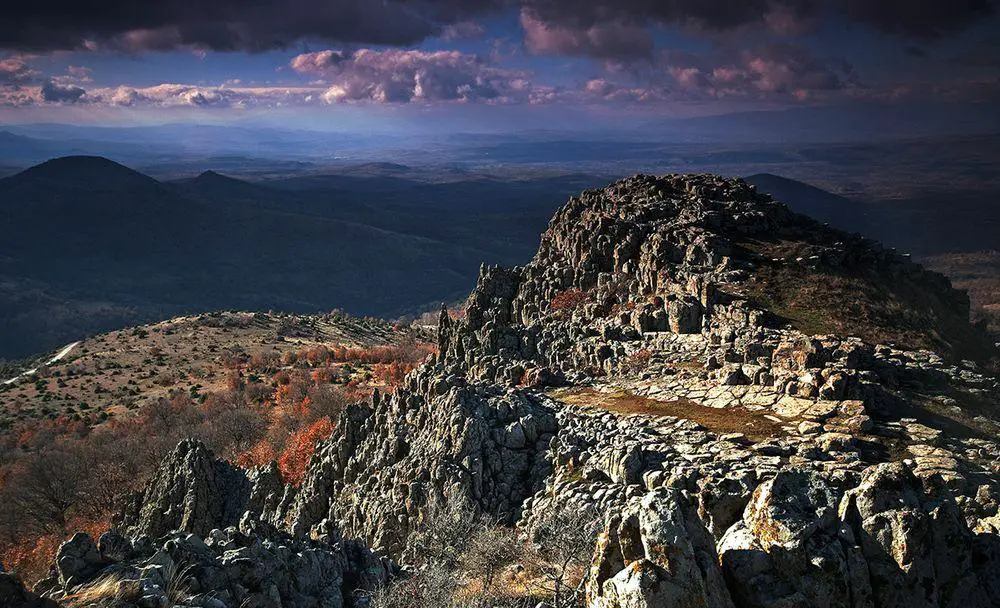
Stobi
Vardar
Ruins of an ancient city that originally was founded by Paeonians, later the capital of the Roman province of Macedonia Salutaris. Contains remnants of many Roman structures – basilicas, palaces, baths, a theater, and synagogue.
Architecture wonders
Markovi Kuli
Pelagonia
Group of medieval towers (13th – 14th centuries) that are built on a beautiful natural formation – unusually shaped rocks of granite and gneiss. This cliff has been inhabited since prehistoric times and in the 9th – 10th century AD here was one of the largest settlements of Slavs on the Balkan Peninsula in this time period.
Kurbinovo Church of St.George
Pelagonia
A small, very old church, most likely built in 1191 in Byzantine style. The church contains beautiful frescoes that are some of the best examples of the Macedonian Renaissance – a realistic style in art preceding the Italian Renaissance.
Ohrid Saint Sophia Church
Southwest
A very old church, possibly built in the 9th century. Very valuable are the beautiful Byzantine frescoes from the 11th, 12th, and 13th centuries.
Treskavec Monastery
Pelagonia
Historical monastery in mountains, founded in the 12th century and rebuilt in the 14th century in Byzantine style. Contains a rich collection of Byzantine frescoes. Since the fire in 2011, it is in ruins.

Gorno Nerezi St. Panteleimon church and monastery
Skopje
A small church in Byzantine style, built in the 12th century and surrounded by old monastery buildings. Frescoes inside the church are outstanding examples of Comenian Age Byzantine art. Some art scientists consider that these paintings are early predecessors of Renaissance art.
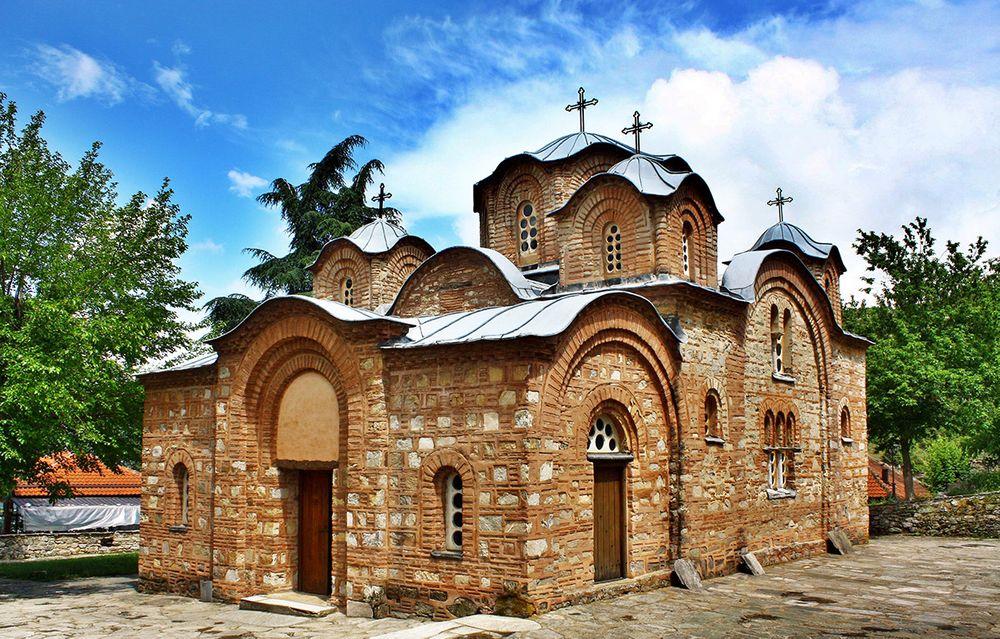
Skopje Aqueduct
Skopje
386 m long fragment (50 arches) of an impressive aqueduct that was in use until the 18th century. It is not known when it was built.

Kale Fortress (Skopje Fortress)
Skopje
A massive fortress that rises on the hill above the city. The first stone fortress was built here in the 6th century AD, the current one is from the 10th – 11th centuries.
Cave church of St. Archangel Michael in Radožda
Southwestern
This medieval cave church was built inside the cave and is adorned with frescoes. Most frescoes are made in the 14h century, one is older.
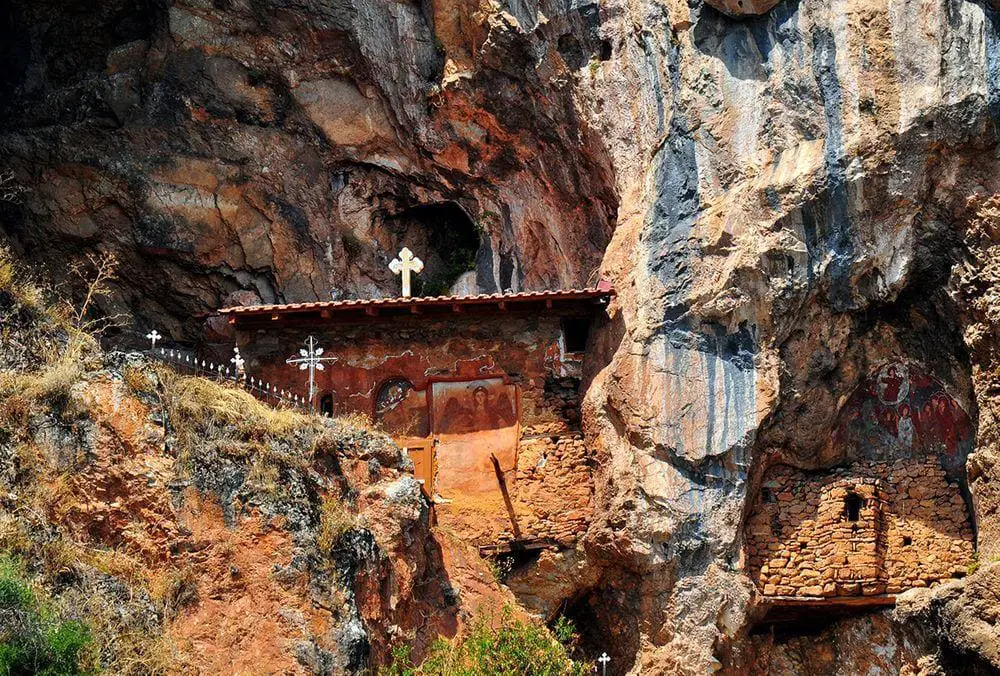
Ohrid Saint Panteleimon monastery
Southwestern
The most sacred Christian site in the country. This monastery was established in the late 9th – early 10th century. This is the location where the Glagolitic alphabet starts to spread, there is also a unique collection of more than 800 medieval icons.
Church of St. John at Kaneo
Southwestern
Medieval church in a beautiful setting – on a hill above Lake Ohrid. The architecture of the church is influenced by Armenian architecture, it was built before 1447.
Lesnovo Monastery
Eastern
A well-preserved medieval monastery, founded in 1341. In the cliffs around the monastery are caves – medieval hermitages. Church has been built in the Byzantine style and has beautiful Byzantine frescoes. Other monastery buildings are from the early 19th century.
Šarena Džamija
Polog
An ornate mosque, originally built in 1438. The site includes gardens and several more buildings. The facade of the structure is covered with paintings – floral patterns. The interior also is adorned with gaudy frescoes.
Ohrid Old Town
Southwestern
A picturesque town at Lake Ohrid with well preserved old street network and old houses. Most buildings were built in the 18th – 19th century.
Arabati Baba Tekḱe
Polog
The best preserved Bektashi monastery in Europe, originally built in 1538. Today this is an extensive complex of buildings and gardens.
 Recommended books
Recommended books
Macedonia (Bradt Travel Guide
– Catch a rare sighting of the Balkan lynx in Mavrovo National Park
– Explore Kokino’s megalithic observatory
– Ride the cable-car up Skopje’s Vodno Mountain
– Celebrate Kavadarci’s Grape Harvest Festival
– Cave, climb and kayak – indulge your inner adventurer
For 91 Days in Macedonia
For 91 Days in Macedonia is a collection of stories, photography, and advice from three months spent in one of Europe’s least-discovered countries. Mike and Jürgen are travelers who spend 91 days in various locations around the world, capturing the history, lifestyle, and culture of their temporary homes. With the enthusiasm of newcomers, they spent three months exploring the Republic of Macedonia, leaving no stone unturned, from the capital of Skopje to beautiful Lake Ohrid… and everything in between.

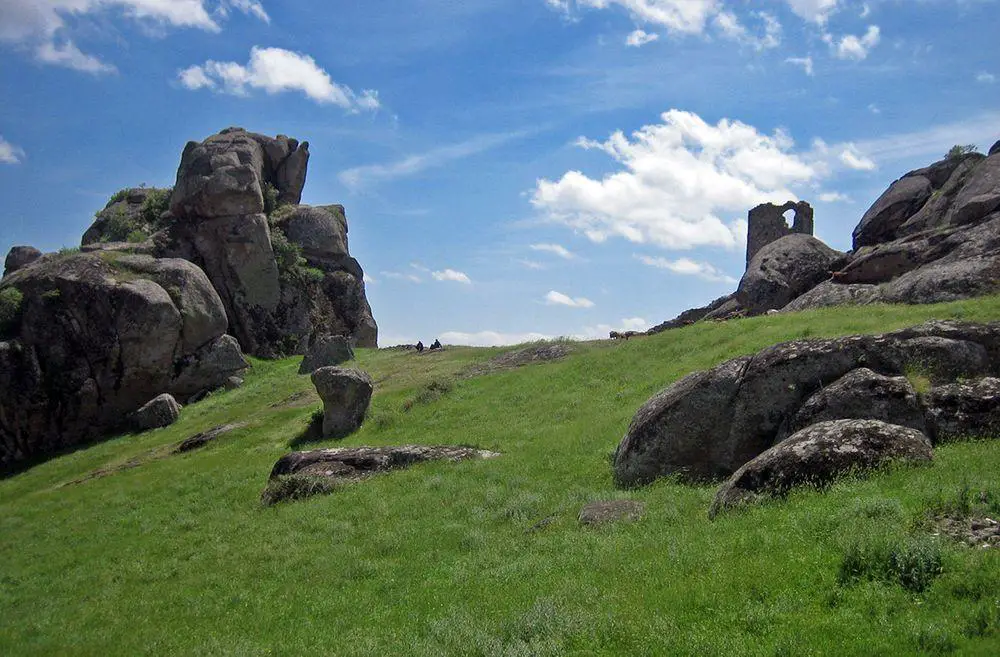


Landmarks of North Macedonia –
I think everything published made a great deal of sense.
But, think about this, what if you were to write a
killer headline? I am not saying your information isn’t solid, but suppose you added something
to maybe get people’s attention? I mean Landmarks of North Macedonia | Wondermondo is kinda
plain. You could peek at Yahoo’s home page and note how they create
news titles to get people interested. You might add a video
or a related picture or two to grab readers excited about what you’ve
got to say. In my opinion, it might make your website a little bit
more interesting.- calator.tel
There is always a fragile equilibrium between the “reliable” then “exciting” and then just: “tasteless screaming”. Wondermondo would like indeed to between “reliable” and “exciting” but it might be that sometimes it is just “bland”. Always a reason to think about this, thanks!